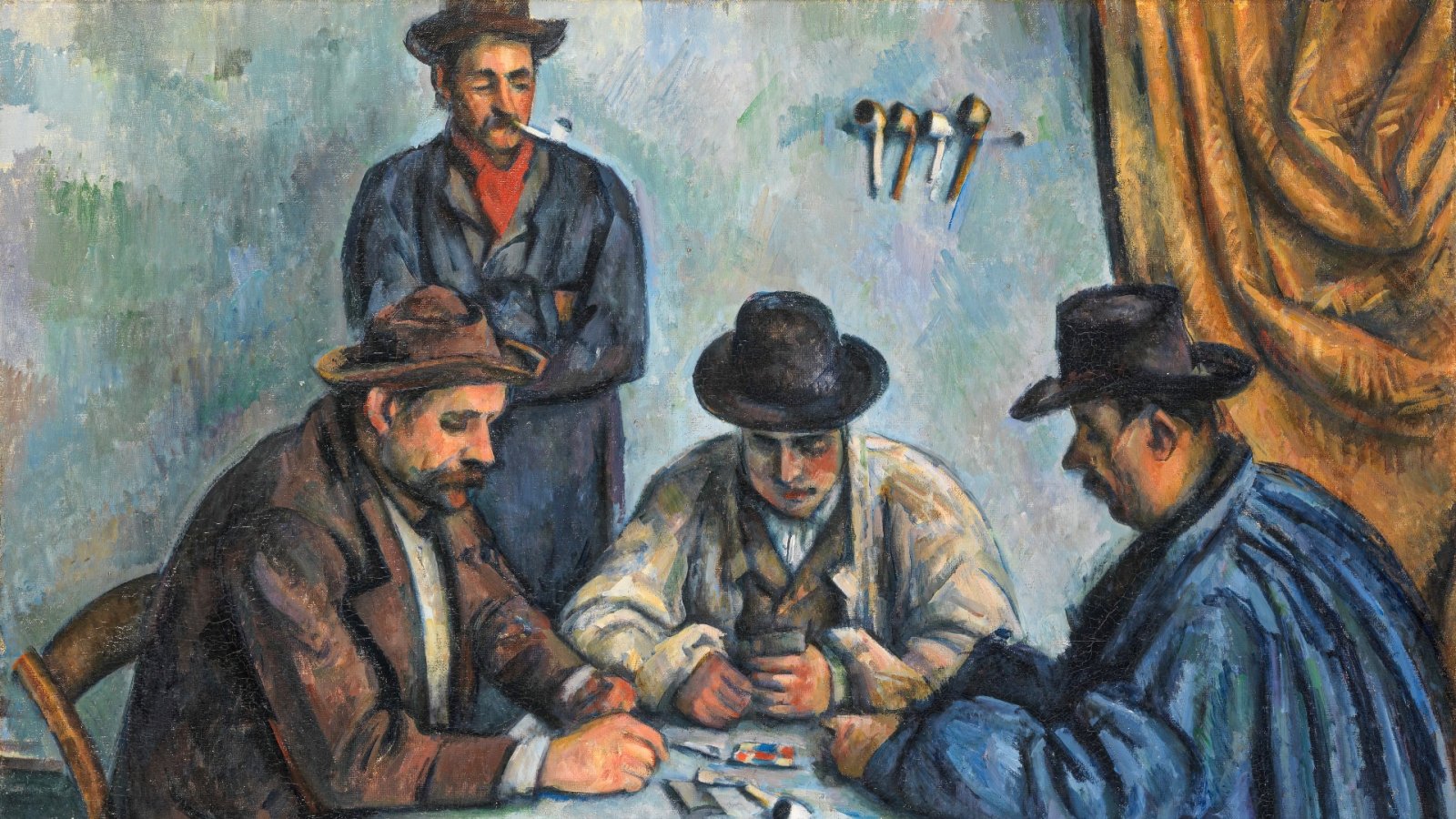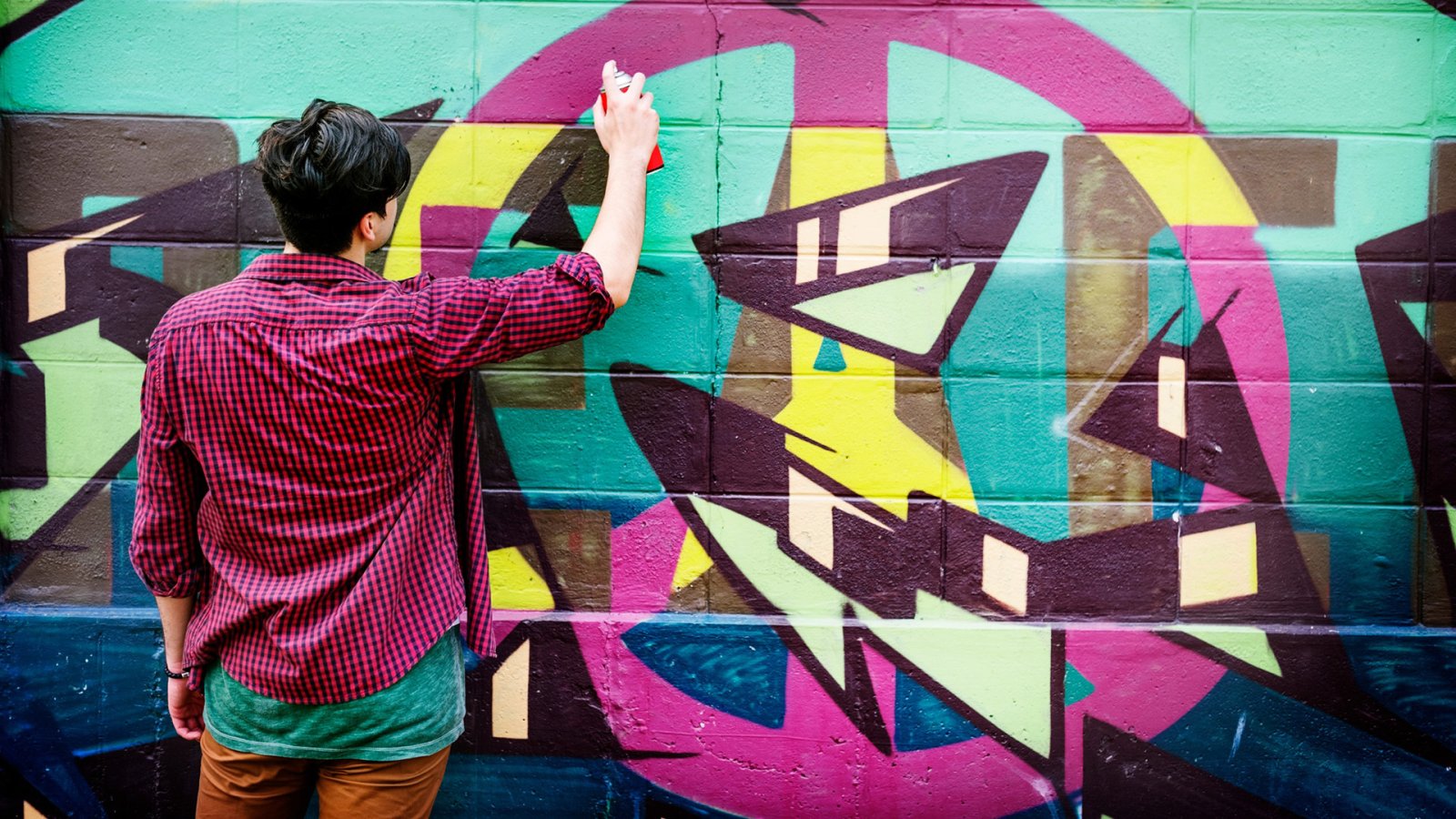Street art is considered one of the biggest art movements that has gained tremendous popularity and continues expanding rapidly as an artistic style. These works primarily appear in urban, public settings like the outer walls of buildings, highway overpasses, bridges, and noticeably shape the look of many neighborhoods and cities worldwide.
Street art emerged in the mid-20th century and has since grown into one of the largest art movements worldwide. It originated in major US cities like New York and Philadelphia but has now spread globally. Works appear across urban landscapes—on buildings, bridges, poles—shaping neighborhoods and defining cityscapes. Naming tags on New York gang territories in the 1920s-30s marked early graffiti roots. Murals also began decorating California cities. In 1960s New York amid economic struggles, vacant lots and walls became canvases. Kids in Spanish Harlem pioneered innovative tags and whole subway car murals.
Reflecting local issues became central. Styles evolved from basic tags to stickers, fibers, giant murals. Political and protest art flourished, as in Berlin post-Wall. Internationally, Banksy, Shepard Fairey, Blu use street art for commentary. Public spaces showcase graffiti-inspired works with advanced techniques. Portables like stickers allow dispersion. Digital tools spread artwork virtually. Diverse locales house unique regional scenes. Impact persists as street art reimagines city landscapes.
The mid-1970s marked a period of evolution for street art styles. Pioneering artists of this era developed unique, designed scripts for their pseudonyms and nicknames, engaging in "battles" to gain recognition. Few documented the burgeoning creative underground at the time, but photographer Martha Cooper was one of the most prominent. In the 1970s, she began extensively photographing the emerging New York street art scene and its contributors. Cooper played a key role in the movement's growth by publishing her book "Subway Art" in the early 1980s. Her paperback became an instant style guide, influencing train writers and graffiti artists not just in the U.S. but in Europe. It captured a snapshot of the momentum-building artist communities in New York that were exploring new expressive possibilities outside of sanctioned galleries. Cooper's documentation helped spread awareness of the innovative work developing anonymously on city streets.
During the 1980s, street and graffiti art began to integrate with fine art spaces. Artists like Keith Haring and Jean-Michel Basquiat, emerging from New York's thriving street art collectives, lent credibility to the genre by translating their public works into gallery pieces. Since then, the movement has cemented its place within the formal art world. While still illicit in many urban areas globally, street art has undeniably become a validated cultural phenomenon with influence far beyond underground scenes. Haring and Basquiat's success in prestigious institutions helped elevate the performative, anonymous works blossoming anonymously in cities to a respected art form. Their crossover paved the way for broader recognition and appreciation of street art's creative contributions outside of its illegal origins. It demonstrated the genre's power to engage and provoke discussion on par with sanctioned art forms.
Themes and Influence of Street Art
While sometimes rebellious in nature through illegal placement, street art typically aims to communicate meaningful social or political messages. It provokes thought and discussion on pressing issues. Many artists use street art as a medium for activism and raising awareness around important causes like human rights, environmental protection, and social justice. Through accessible public displays, it brings attention to topics that might otherwise be ignored.
Diverse Techniques and Styles
Artists employ a hugely varied repertoire of techniques in temporary, guerilla-style works. Spray painting remains ubiquitous for swiftly "tagging" messages. However, street artists harness anything available as a canvas, utilizing stencils, stickers, posters, textiles, LED displays, mosaics, video projections, and more. Innovation continues with novel formats like "yarnbombing," crocheting and knitting colorful fibers surreptitiously in public spaces. Regardless of materials, the genre transforms urban environments into open-air galleries for creative commentary on modern issues.
Now a phenomenon in cities worldwide, street art comments on local issues through diverse visual languages. While graffiti emphasizes text, street art conveys graphic designs and images toComments on social and political issues through unsanctioned but accessible platforms in communities worldwide. Though illegal in some places, street art has indubitably become a validated and studied global cultural movement.






